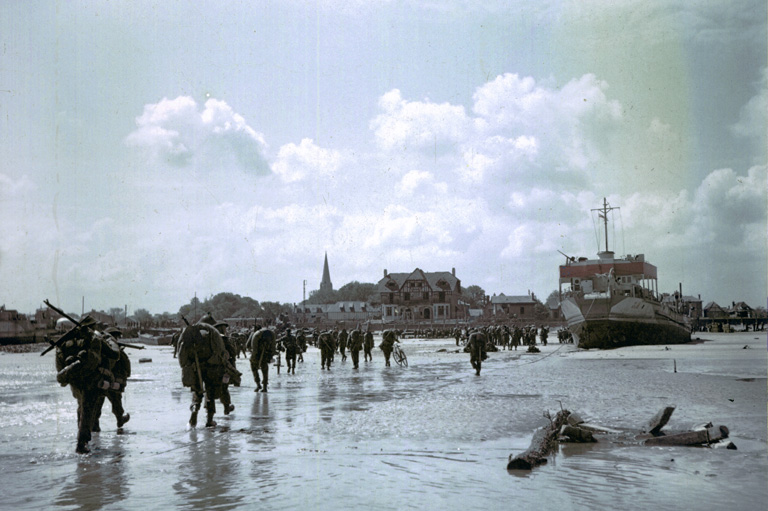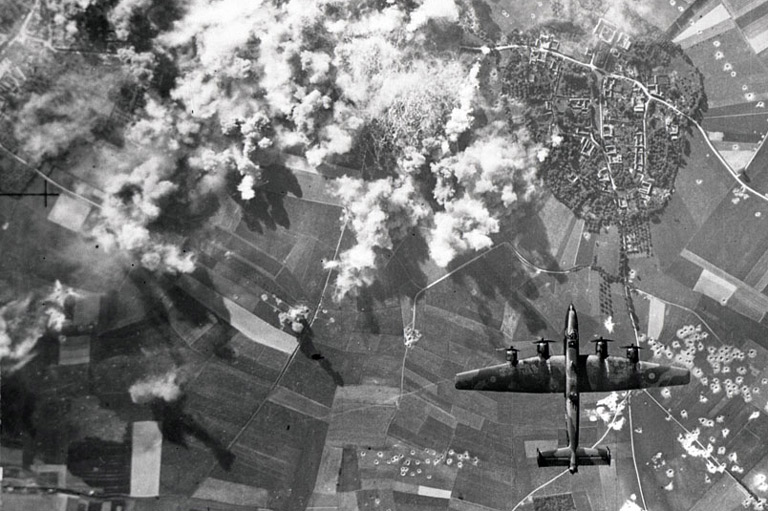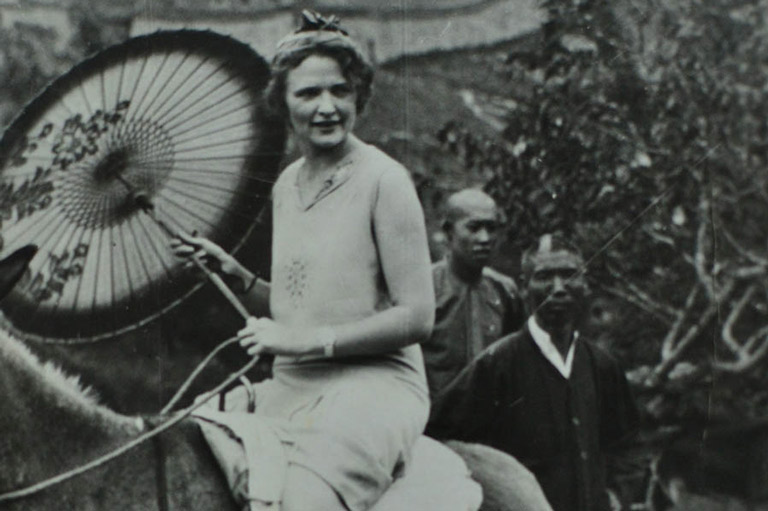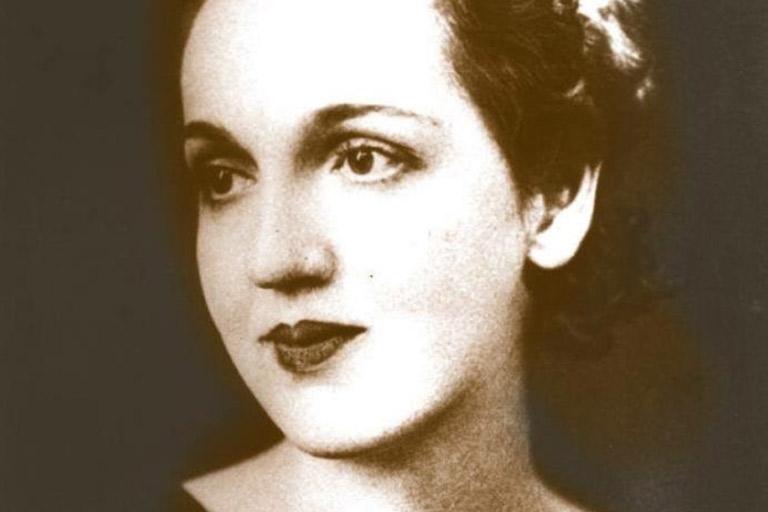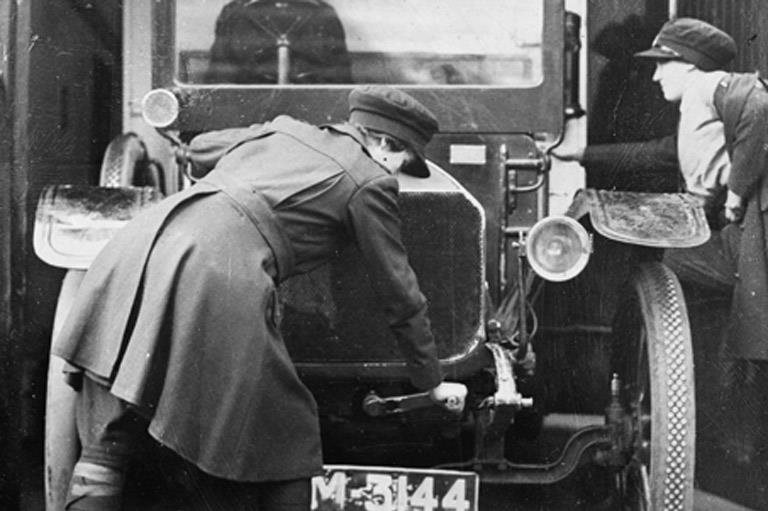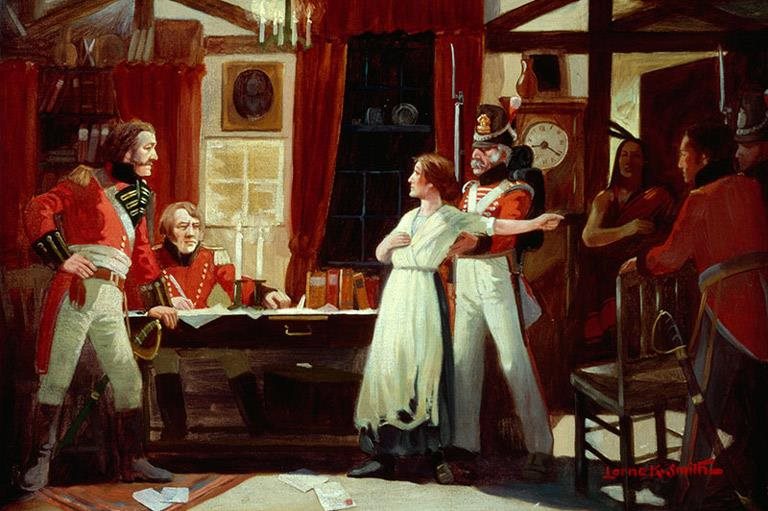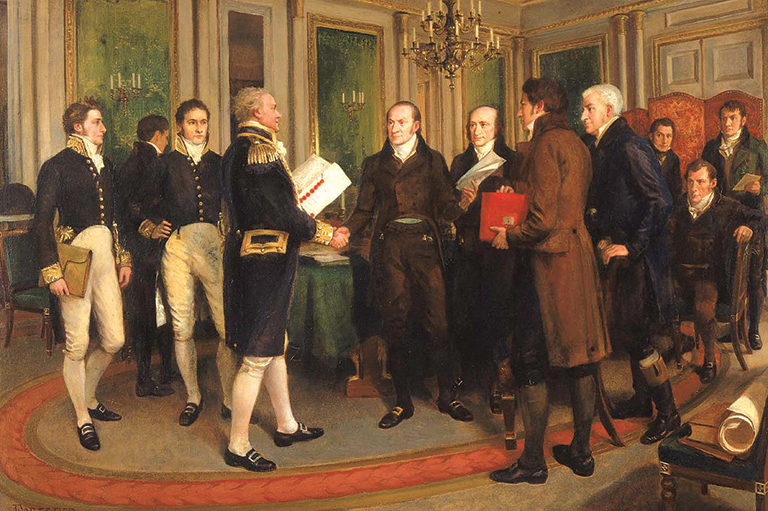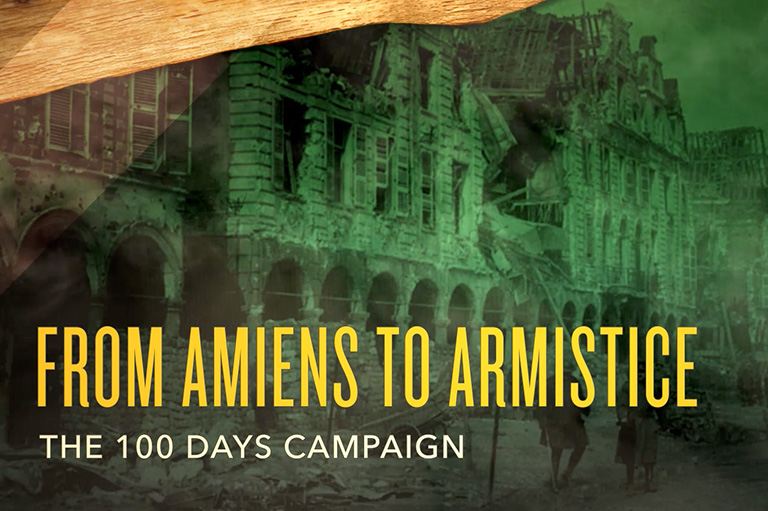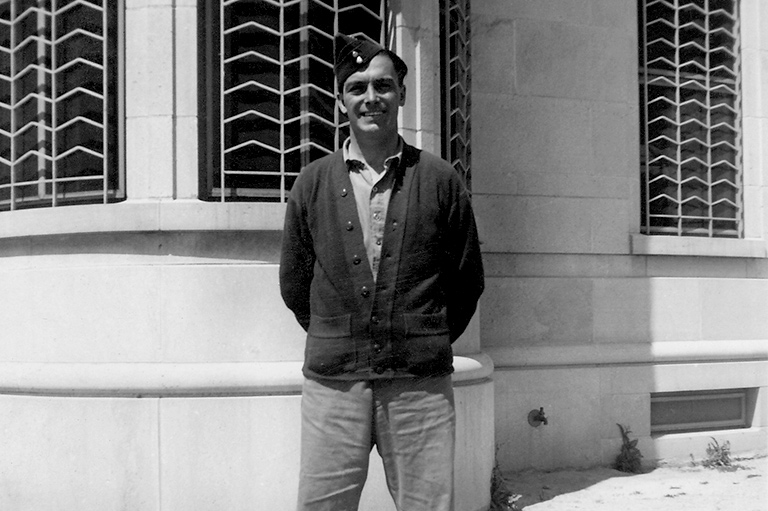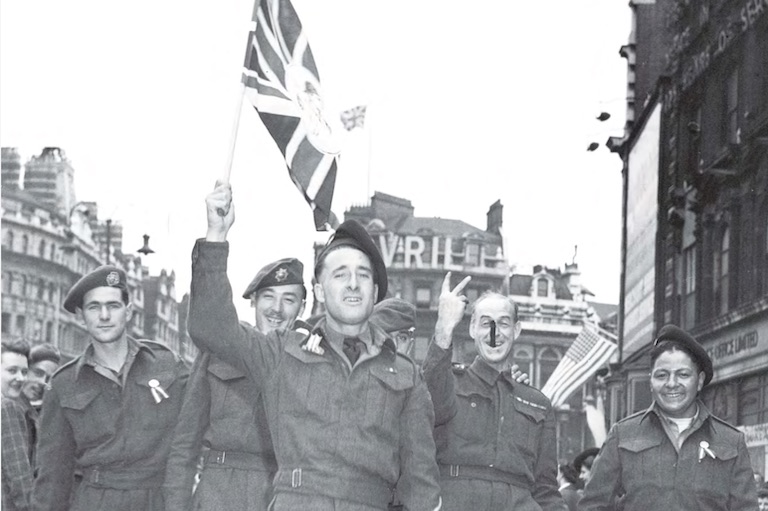The Bren Gun Girl
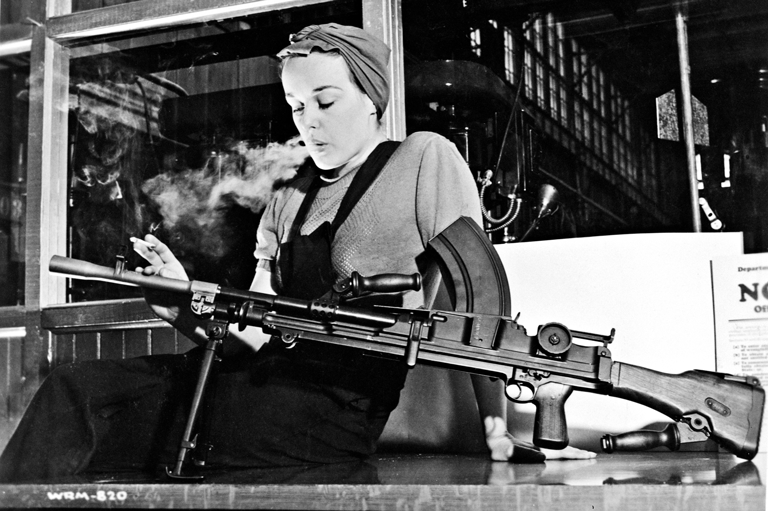
The Second World War ushered in many changes to the Canadian workforce. While men were crossing the Atlantic to serve their country, women were needed in the factories to fill the spaces they had left behind.
And so the Canadian government, together with the National Film Board of Canada, found a face that would rally millions of women into factories.
Veronica Foster worked for John Inglis Co. in Toronto, assembling Bren light machine guns. Her natural beauty made her the perfect model for the national propaganda poster campaign, and she became “Ronnie the Bren Gun Girl.”
In her most famous photograph, Ronnie sports curve-hugging overalls while effortlessly exhaling smoke from her cigarette as she admires her recently assembled Bren gun.
As the perfect blend of femininity and female liberation, Ronnie became the subject of public infatuation, so much so that the United States decided to create its own female war icon. And so Ronnie’s head scarf and can-do attitude was transferred to the well-known American propaganda image of “Rosie the Riveter.”
Along with the famous cigarette-and-gun photo, the campaign highlighted pictures of Ronnie playing baseball, doing the jitterbug, and touching up her hat in a mirror. These photos sent a distinct message to women that they could have it all.
Sadly, the new-found independence of women was short-lived. Following the end of the war and the return of the men serving overseas, most working women were forced back to their traditional pink-collar jobs.
Today, Ronnie the Bren Gun Girl represents an iconic moment in the ongoing fight for women’s equality in Canada.
Sign up for any of our newsletters and be eligible to win one of many book prizes available.
We hope you will help us continue to share fascinating stories about Canada’s past.
We highlight our nation’s diverse past by telling stories that illuminate the people, places, and events that unite us as Canadians, and by making those stories accessible to everyone through our free online content.
Canada’s History is a registered charity that depends on contributions from readers like you to share inspiring and informative stories with students and citizens of all ages — award-winning stories written by Canada’s top historians, authors, journalists, and history enthusiasts.
Any amount helps, or better yet, start a monthly donation today. Your support makes all the difference. Thank you!
Themes associated with this article
Advertisement

